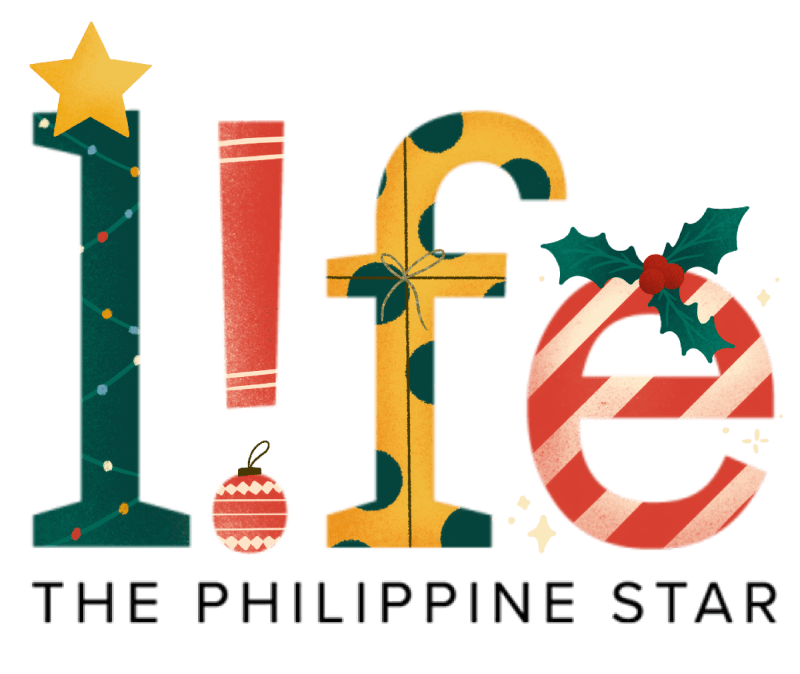Rice innovation x imagination
Artists are well-positioned to participate in climate change action because they illuminate imaginative, dynamic ideas. Creativity and curiosity are essential to the scientific and artistic processes to envision something new. How are artists and scientists working together to disseminate information on climate change? Climate change refers to the change in environmental conditions of the earth. It alters temperature and weather patterns over the long-term and greatly disrupts the balance of nature.
The International Rice Research Institute (IRRI) recently awarded Art/Seed Research Grants to Filipino contemporary art practitioners to conduct research on rice science, climate change and food security. The grant recipients presented their work in an exhibition, All Tomorrows’ Harvest, at the 6th International Rice Congress at the Philippine International Convention Center. The event gathered international scientists, researchers, policymakers, agriculture stakeholders, farmers and entrepreneurs. IRRI research director Dr. Bas Bouman shared that this was a groundbreaking project for IRRI to collaborate with Filipino artists. It also showed that artists can help scientists face future realities through art.

Through the intersection of contemporary art and science fiction, the curatorial discussion was prompted by a short story by Gregorio C. Brillantes, Gawad Para Sa Sining Cultural Center of the Philippines and Don Carlos Palanca awardee for literature. His science fiction piece, The Apollo Centennial, set in 2069, tells the story of a farmer, Arcadio Nagbuya, who takes his family to see a traveling exhibition of artifacts and mementos from the now 100-year-old lunar landing. The story is about political and economic development in the Philippines. The narrative for All Tomorrows’ Harvest speculates on a hypothetical 2060 where the Philippines has achieved food sufficiency through the humble grain of rice, the staple of billions of people.

Those whose work is featured are the following:
Sundance Award-winning filmmaker Martika Ramirez Escobar, who created a short film that plays out in the form of a conversation between scientists and farmers trying to understand each other as they collectively imagine what the Philippines will be like in the year 2060. Through their sentiments, we learn that what was hindering progress was ourselves. The film was shot in Laguna and Nueva Ecija farmlands, posed as cities in the near future.

Multi-awarded writer and composer Erwin Romulo provokes the viewers’ imagination to wonder, accept or disagree. Borne out of facts through in-depth research and juxtaposed alongside corresponding world events, he presented “future media.” Through images and text in a timeline for a rice exposition occurring in the year 2060, and written from the perspective of a scientist who is also an artist, he proposed that the future is more exciting than unsettling. IRRI was founded in 1960 and Romulo conjured a centennial celebration sponsored by the “Ministry of Public Enlightenment.” The timeline, both real and speculative, also features historical landmarks in the history of rice research and development in the Philippines.

Visual artist Derek Tumala, a leading practitioner of art and science collaborations in the Philippines, actively tinkers with ideas to seamlessly integrate his deep interest in two seemingly disparate fields. Tumala was intrigued and inspired by the biodiversity advocacy of Japanese artist Mitsuaki Tanabe, whose drawings and sculpture on the MOMI rice grain are on display at the IRRI headquarters. The MOMI is a wild rice variety that holds the genetic blueprint for the cultivated rice grains today. Tanabe also created MOMI monuments around the world through large-scale sculpture and public art for international agencies devoted to global food security such as the Food and Agriculture Organization in Rome, Italy and the Global Seed Bank in Svalbard, Norway. In honor of Tanabe’s memory and to continue his advocacy, Tumala presented his own vision: a sculpture of the MOMI rice grain.

The photographs of Jake Verzosa have been published and exhibited in Asia, Europe and North America. Widely recognized for his documentary projects on Filipino culture, he has always had an interest in technology having a background in information systems. Through the use of generative artificial intelligence programs, he has expanded his tools for art production. For “All Tomorrows’ Harvest,” his artistic process was informed by prior research on indigenous rice farming, having spent 2009 to 2013 traveling through the Cordillera region where he took portraits of the tattooed women of Kalinga and landscapes of the rice terrace environs. He enhanced the IRRI photographic archive through his own photography, both actual and AI-generated, presenting a speculative archive. Using near-future concepts about rice and food security, he produced images on cloud-seeding, genetics, quantum computing and other concepts within the spectrum of the agriculture ecosystem.

The four artists reference each other’s speculative realities and draw ideas from scientific advancements and traditional wisdom. They learned through conservations with scientists and visits to the genome bank, laboratories, rice test fields, and screenhouses.

The potential of farming as a sustainable livelihood for younger generations, the empowerment of women farmers and scientists to close the gender gap, and how food security can contribute to poverty alleviation were also tackled.

All Tomorrows’ Harvest shows that contemporary art can pave the way for a meaningful conversation on climate change. The artists are not mere “buffers” between the scientific data and the public, but adapt artistic forms and expression to incite a richer and more complex conversation.

